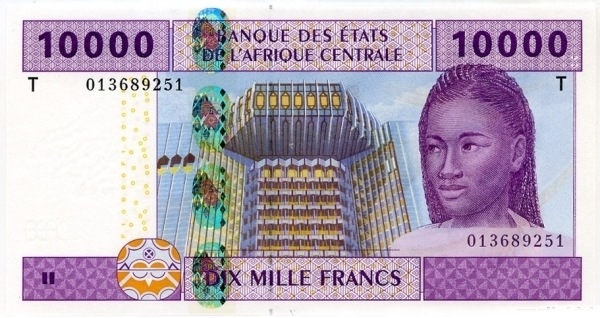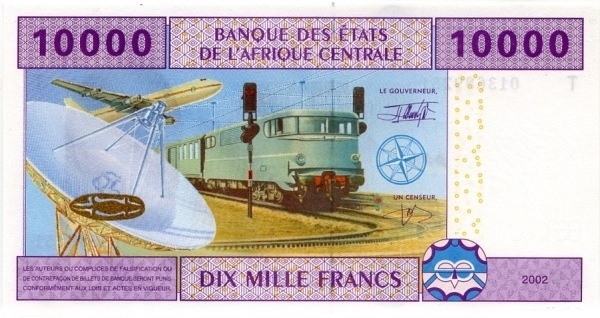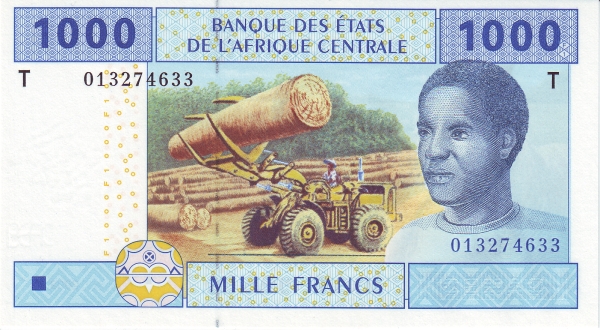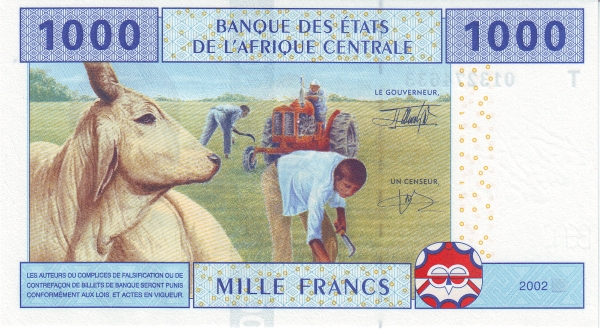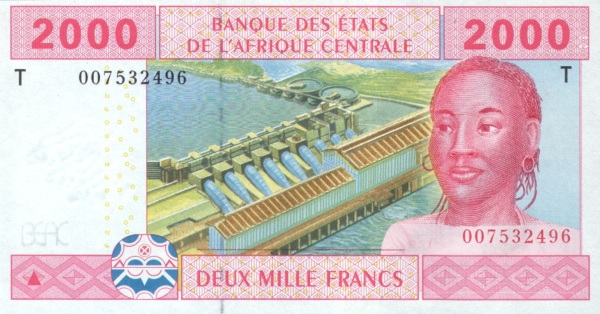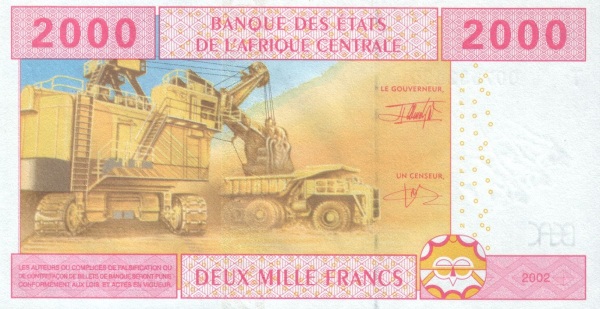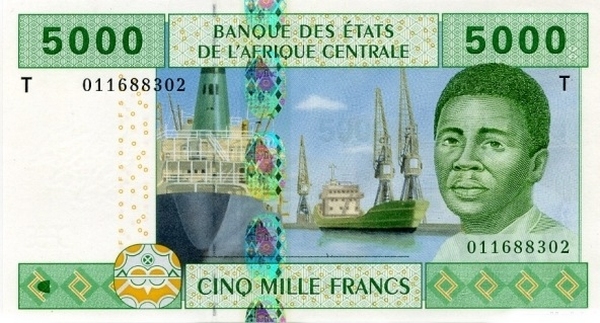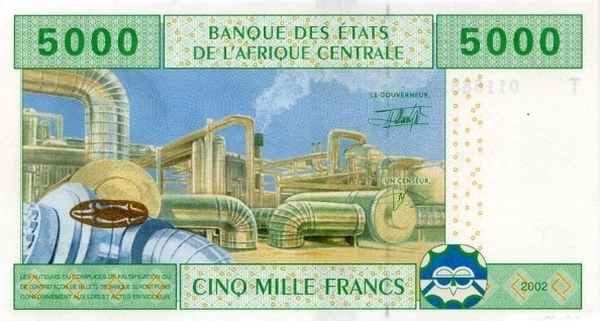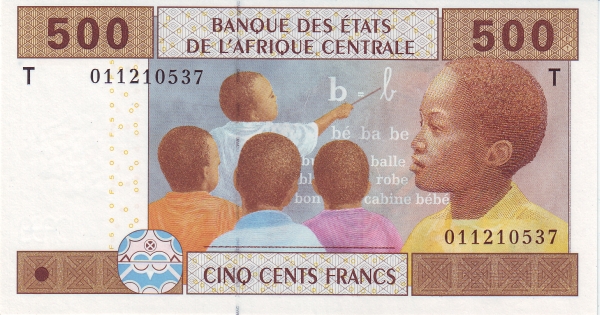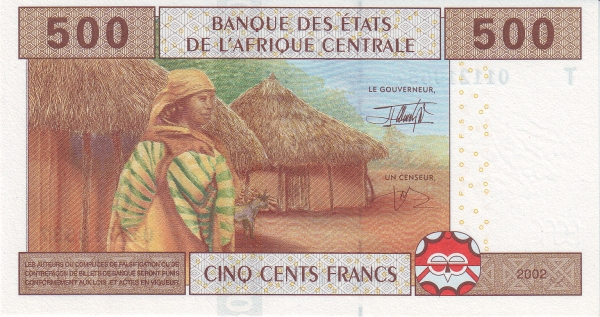The Marvelous Central African Republic: An Overview
The Central African Republic, a landlocked nation nestled in the heart of Africa, boasts a rich history and diverse cultural landscape. Formerly known as Ubangi-Shari until its independence in 1960, the Central African Republic's journey from a French colony to a sovereign state showcases both its struggles and triumphs. Bordered by Chad, Sudan, and Cameroon, the geography of this captivating country plays an essential role in shaping its cultural identity and natural resources. Covering an area of 622,984 km², the Central African Republic is slightly larger than France and features captivating landscapes that include savannas, rolling plains, and lush equatorial forests. The country is home to approximately five million residents, predominantly living in the capital city of Bangui. The predominant languages spoken are French and Sango, reflecting the nation’s colonial past and present-day identity.
Historical Background of the Central African Republic
The historical narrative of the Central African Republic has been tumultuous, marked by periods of both civil governance and authoritarian rule. Initially a French colony, the transition to independence in 1960 gave rise to a complicated political landscape. For decades, military governments crippled progress and stability, culminating in a return to civilian rule in 1993. However, the government led by President Ange-Felix Patassé struggled with unrest and dissatisfaction among the populace. Shockingly, in March 2003, a military coup led by General François Bozizé resulted in a new transitional government. Elections held in 2005 confirmed Bozizé as president and sought to restore order but left parts of the countryside beyond governmental control.
Geography and Climate of the Central African Republic
The geographical landscape of the Central African Republic presents a striking contrast. Nestled in Central Africa, the nation spans rolling plains with elevations between 600 and 700 meters above sea level. Aspiring travelers and researchers alike are often enchanted by the picturesque hills scattered across the northeast and southwest regions. While savannas dominate the northern part of the country, the southern regions are home to dense, vibrant equatorial forests. The mighty Oubangui River gracefully weaves through the capital of Bangui, acting as a vital transport route while forming the southern border with the Democratic Republic of the Congo.
As for the climate, it ranges from humid equatorial in the south to a Sahelo-Sudanese climate in the north. The summer months bring wet, hot conditions, while winters often feature drier and cooler weather. This climate variation supports diverse ecosystems and agricultural practices across the country, contributing to its richness.
Demographics and Cultural Diversity
The Central African Republic wears its cultural diversity as a badge of honor. With a population exceeding five million, the nation is home to more than 80 different ethnic groups. Dominant groups include the Baya, Banda, and Sara, each contributing unique traditions, languages, and customs. Interestingly, cultural beliefs and practices intertwine, resulting in a rich tapestry of shared history and communal life.
Regarding religion, the nation displays an eclectic mix: approximately 25% of the population identifies as Protestant, another 25% as Roman Catholic, and around 15% adhere to the Muslim faith. Meanwhile, about 35% of citizens embrace indigenous beliefs, showcasing the country’s inherent spiritual richness. In terms of linguistic diversity, French serves as the official language, while Sango has emerged as the national language unifying various ethnic groups.
Natural Resources and Economic Highlights
The Central African Republic is endowed with abundant natural resources that contribute significantly to its economy. Rich deposits of diamonds, uranium, gold, and timber are integral to both domestic markets and international trade. Agriculture remains a vital part of the economic structure, with key products including coffee, cotton, and tobacco. The timber industry also plays a crucial role, reflecting the natural wealth embedded in the country’s ecology.
In terms of industry, diamond mining stands as one of the principal economic activities, propelling the country into the global market. Sawmills and breweries further diversify industrial activities, while the textile sector shows potential for growth. Notably, the Central African Republic's export partnerships highlight Norway's prominence at 52.2%, followed by China and the Democratic Republic of the Congo.
Challenges and Resilience
Despite its plethora of resources, the Central African Republic faces formidable challenges that impede steady growth. Widespread lawlessness and unrest, exacerbated by turmoil in neighboring countries like Chad and Sudan, continue to pose threats to stability. Nevertheless, the spirit of the Central African people remains resolute. They strive for peace, unity, and prosperity, often rising above adversity to forge a brighter future.
Conclusion: The Path Forward for the Central African Republic
In conclusion, the Central African Republic stands as a remarkable nation with a rich heritage and diverse culture. As citizens navigate the complexities of governance and stability, they remain deeply rooted in their identity. The potential for growth, combined with the wealth of natural resources, signals a future filled with possibilities. Through determination and resilience, the people of the Central African Republic endeavor to carve out a path that honors their past while embracing opportunities for progress.
Largest cities of: Central African Republic
| City Name | Population | Year of foundation | |
| Bangui | 889,000 | 1889 | |
| Bimbo | 152,000 | 1960 | |
| Berbérati | 100,000 | 1860 | |
| Bouar | 90,000 | 1940 | |
| Bossangoa | 85,000 | 1889 | |
| Carnot | 80,000 | 1921 | |
| Kaga-Bandoro | 65,000 | 1970 | |
| Sibut | 62,000 | 1960 |
Central African Republic: Money
